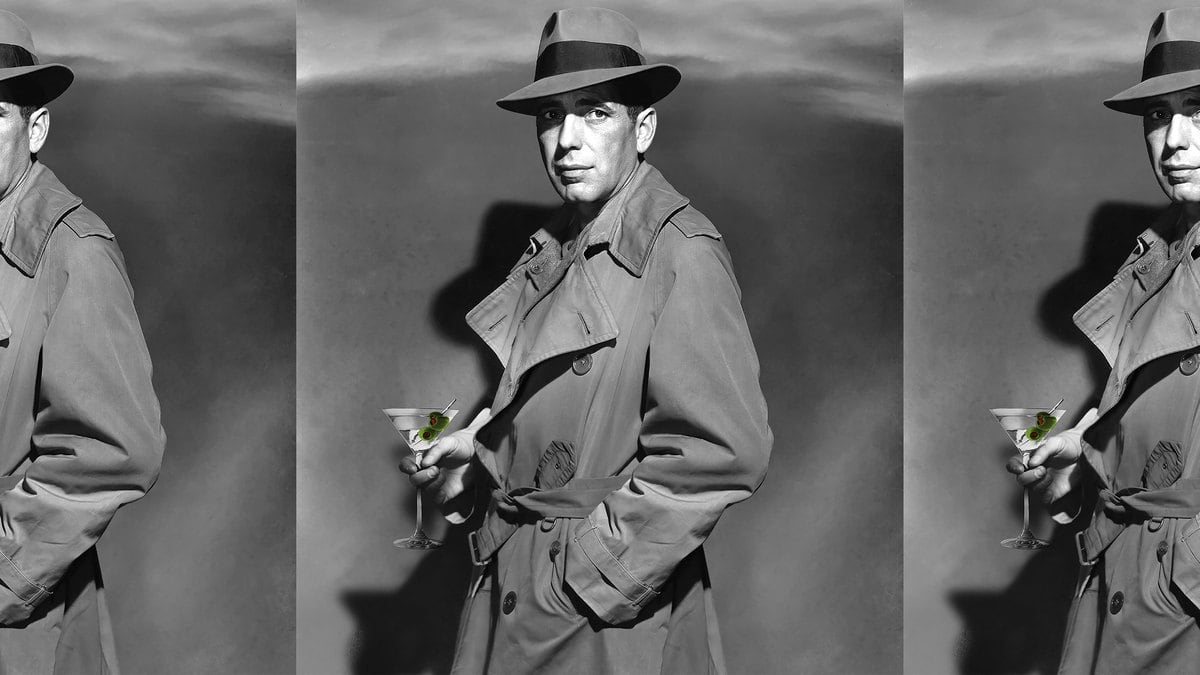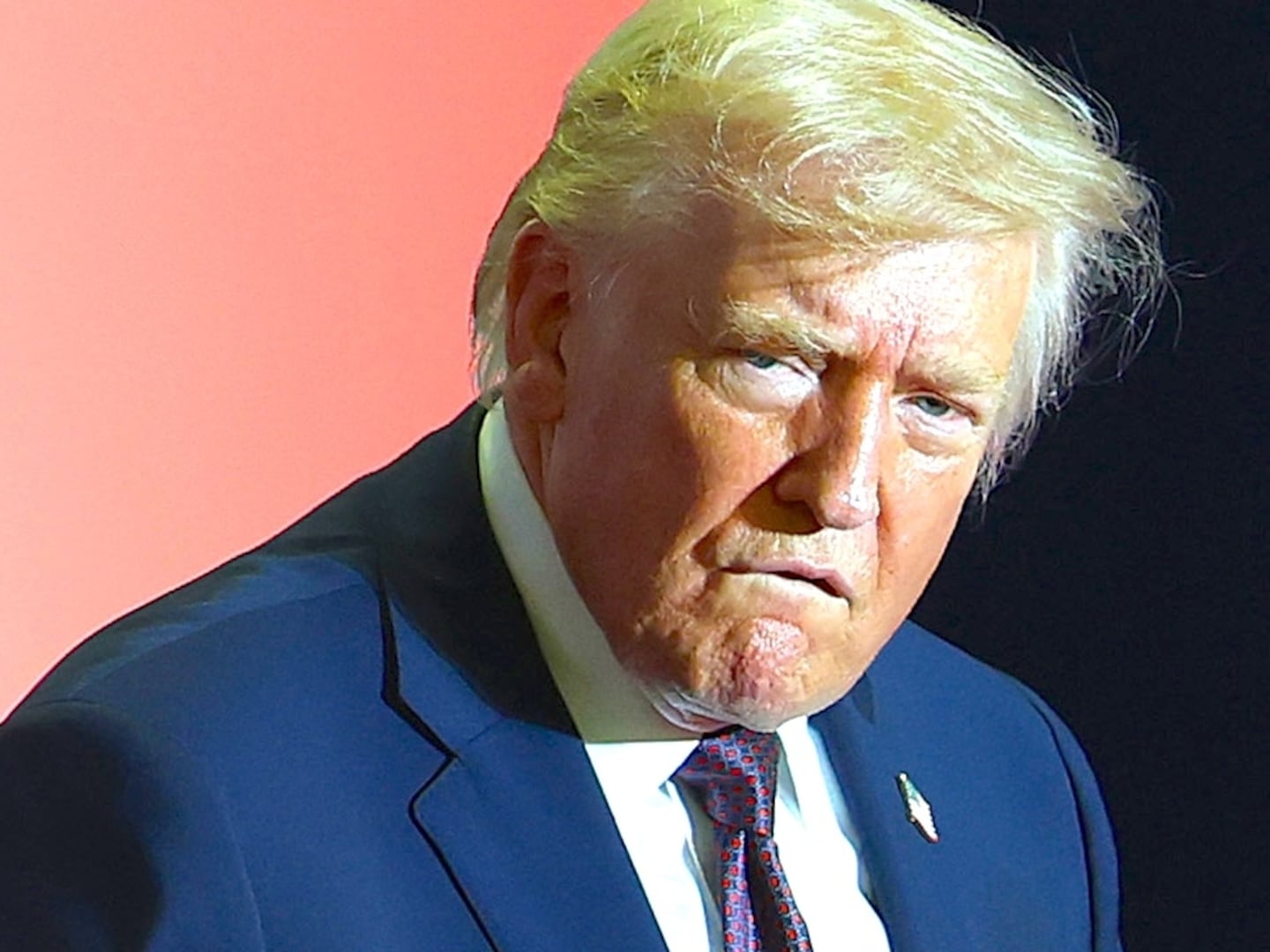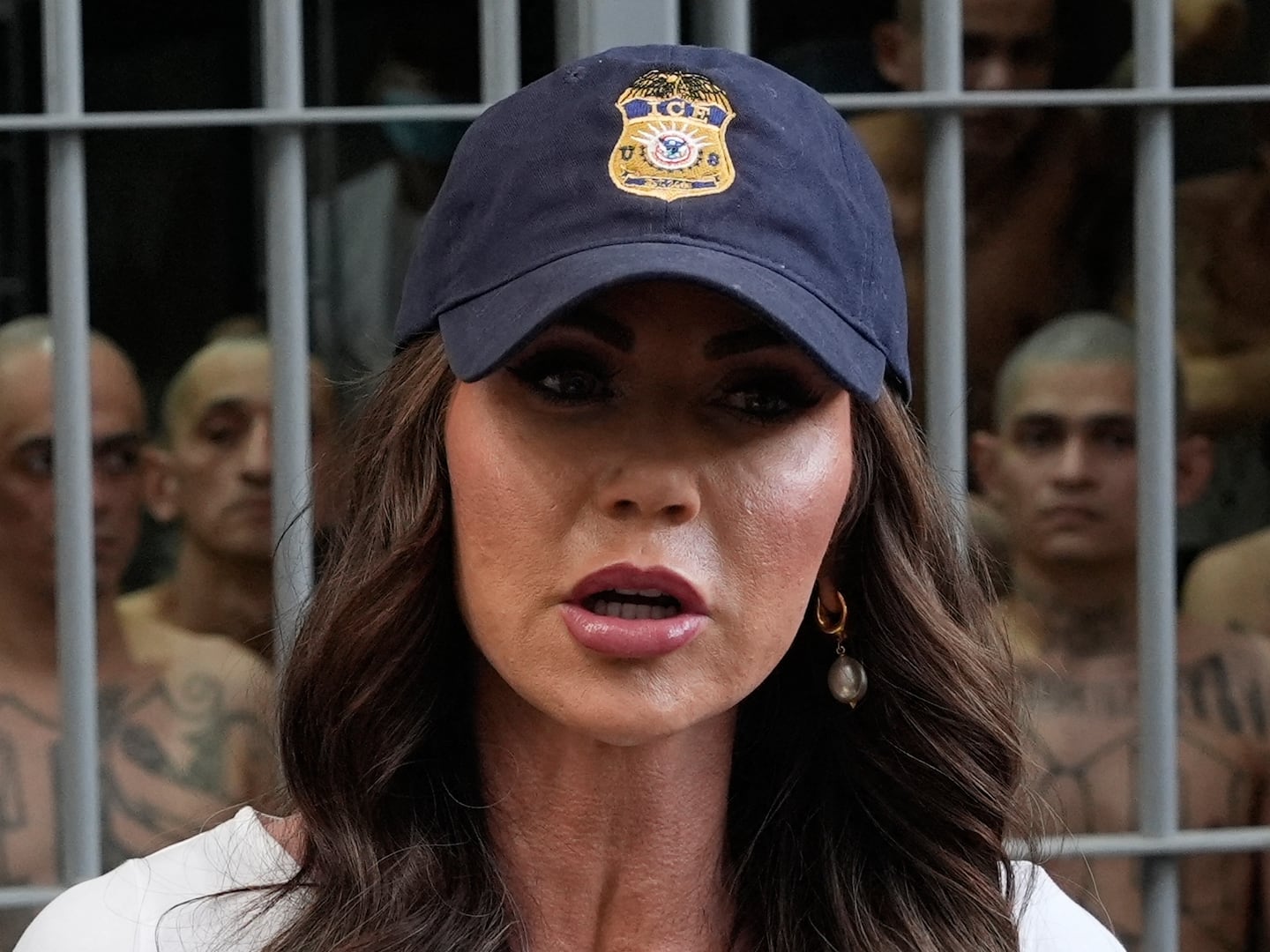It’s late at night and the Café Américain is empty. Rick, its weary-eyed owner, sits at the bar and pours himself a drink. It might be Scotch or another whiskey: we can’t make out the label.
Even though the scene is shot in black and white, the liquid’s color suggests rich amber tones. The pianist comes in, implores his boss to go to bed or to leave town: anything to put the heartbreak behind him. No luck. As Sam starts playing, Rick bumps his fist on the counter. His eyes are full of pain. He then delivers what might very well be the finest line in movie history:
“Of all the gin joints in all the towns in all the world… she walks into mine.”
For all the combined talents of Casablanca’s director Michael Curtiz and screenwriters Howard Koch and Julius and Philip Epstein, Humphrey Bogart deserves most of the credit here. Only he could pull off the mixture of vulnerability and hard-boiled masculinity that makes both the line and the movie so iconic. Only Bogart… and only with a drink in hand!
For Bogie’s persona is tied to three accessories: a trench coat, a fedora hat and a glass of hard liquor. Every movie of his shows his character drinking a fair amount of gin or whiskey… with one exception, the beer-guzzling gangster in The Petrified Forest.
In The Maltese Falcon, where Bogart plays the legendary private eye Sam Spade, every interrogation starts with a drink. “Here’s to plain speaking and clear understanding,” says one particularly louche character as he hands a glass to Spade. Needless to say, clear understanding will not ensue.
“There’s a glamour to drinking in movies of that time,” Stephen Bogart tells me on the phone from Florida where he lives. “It’s the black-and-white images, the glamorous stars, the clothes. Everything looks better, including the drinks!” The man should know—born in 1949 to American legends and To Have and Have Not co-stars Humphrey Bogart and Lauren Bacall—Stephen grew up, along with his younger sister Leslie, as Hollywood royalty. Pictures show him as a small boy on set with his famous father. And yet “I never had that stereotypical role people have in mind of the kid who brings a drink to his father. I was far too young. I was eight when he died.”

Stephen Bogart’s early years were spent in his parents’ legendary Holmby Hills home in L.A., where the Rat Pack was started. In this early version of the merry group, Bogart and Frank Sinatra brought together other famous liquor connoisseurs such as Spencer Tracy and Cary Grant. An unimpressed Bacall exclaimed, after a night of revelry, “you look like a goddam rat pack.” The name, of course, would come to define a later version of the group, which famously included Sinatra, Dean Martin and Sammy Davis Jr.
Bogart’s status as a Rat Pack founding father makes sense, according to his son who tells me “he came of age in the Roaring Twenties and then it was the Great Depression. That’s an era when drinks were fashionable… except for when they outlawed alcohol!”
Born on New York’s Upper West Side, Bogart undoubtedly drank in some of Manhattan’s famed speakeasies during Prohibition.“There’s no question he liked a Martini, a Scotch or a whiskey,” says Stephen. “He liked the classics.”
“That’s exactly why we created Bogart Spirits,” says Robbert de Klerk, CEO of the Humphrey Bogart Estate. “We don’t buy from someone else; we own our own craft distillery in California and make our own spirits: an old-school gin, an award-winning whiskey, and other classics such as vodka and rum.”
Each spirit plays up the movie star’s mystique, featuring Bogart’s name and his signature engraved into the glass bottle, as well as one of his numerous quotes about the pleasures of drinking. On the whiskey, it reads “I defend my American right to take a drink when I feel like it.”
“Independence is a big part of who Bogart was,” says de Klerk, for instance he was among the very first actors to start his own production company. “He loved sailing, a solitary sport if there ever was one.”

In fact, a home movie shot on Super 8mm by legendary director Richard Brooks shows Bogart and Bacall laughing and drinking on their racing yacht, the Santana.
“He was a true Hollywood star and yet he didn’t have any entourage, he had a good group of close friends and he lived his life as he wanted to,” says Stephen. “He was also generous and interested in current affairs. In a way, he had very modern values.”
That is probably what is most astonishing about the Bogart legacy—as timeless as his look and drinks, Bogie embodied a different kind of masculinity.“He drank, sailed, golfed and smoked,”says de Klerk.“But he wasn’t afraid to show his sensitivity, he was extremely educated, and he always spoke out for the underdog.”
A perfect cocktail if ever there was one.






